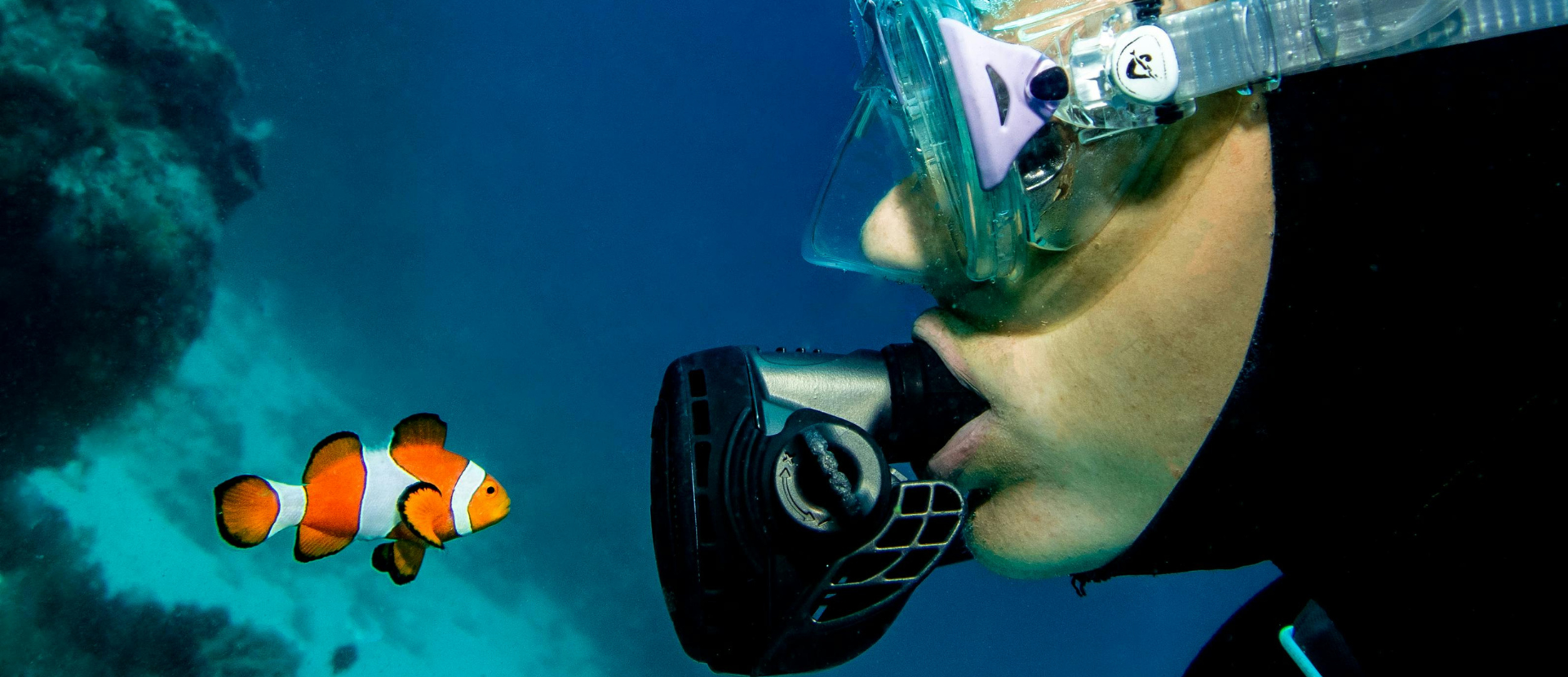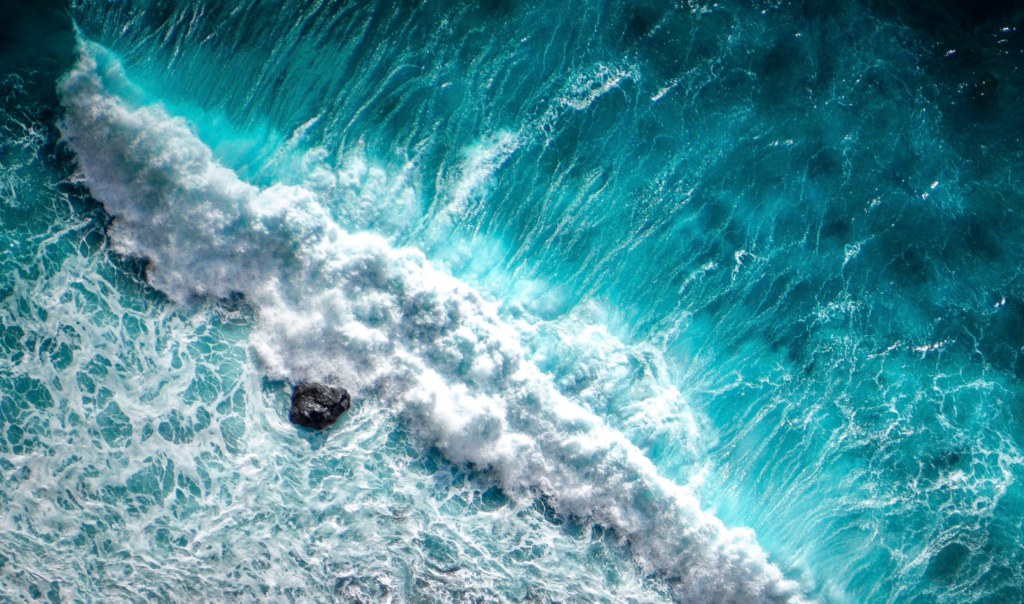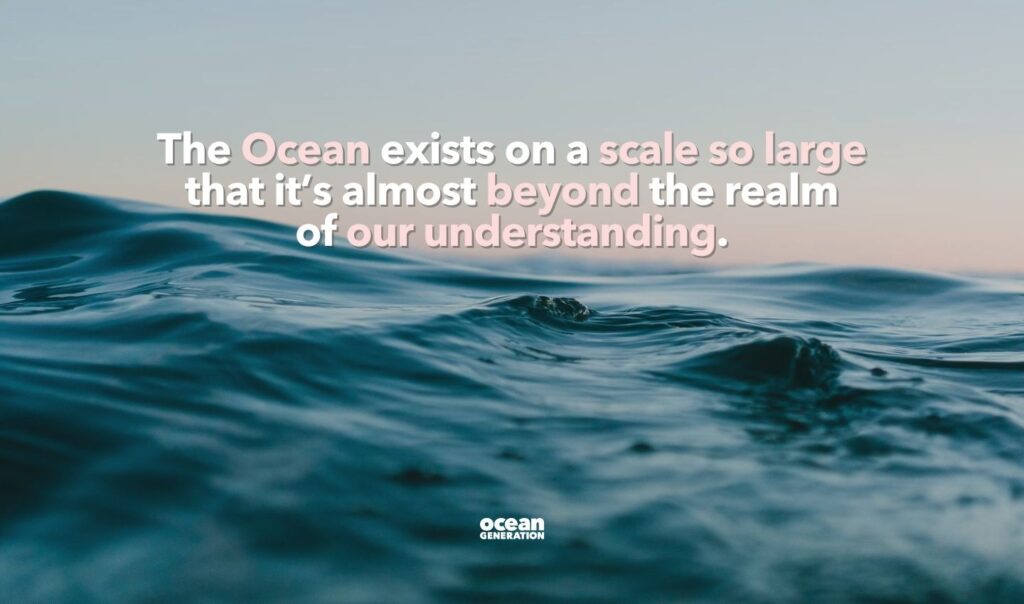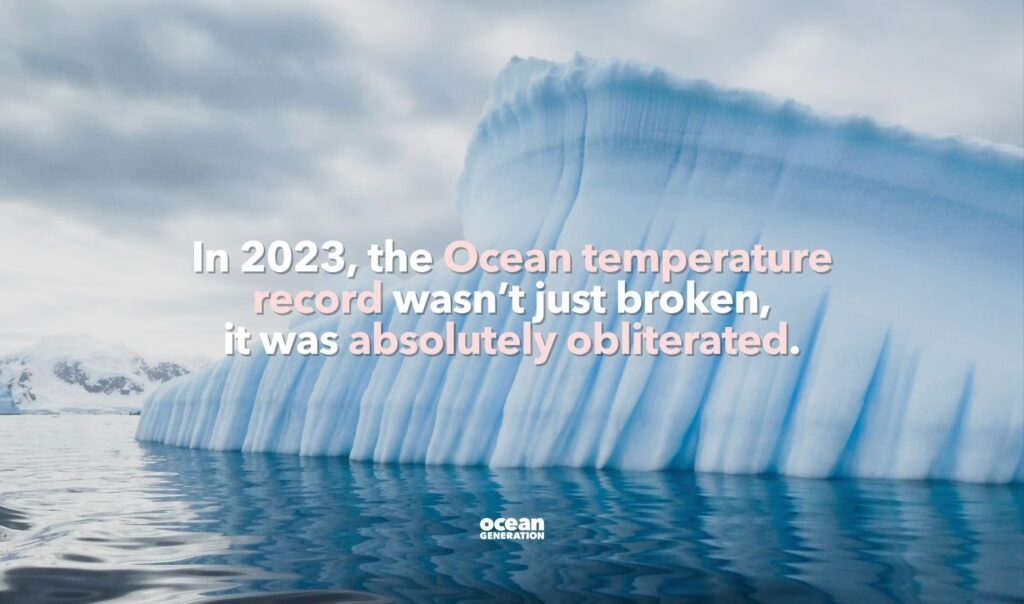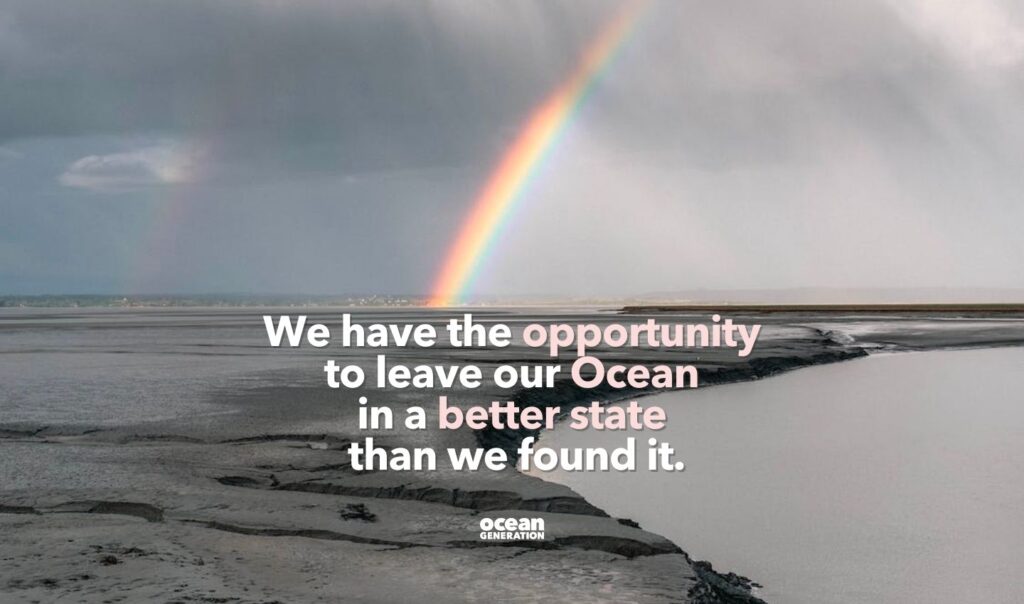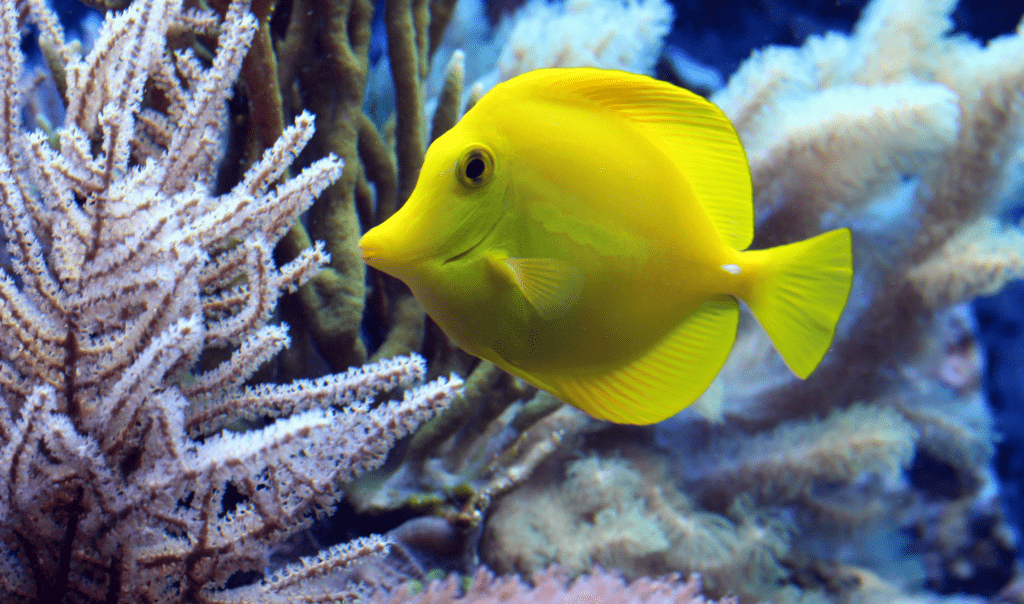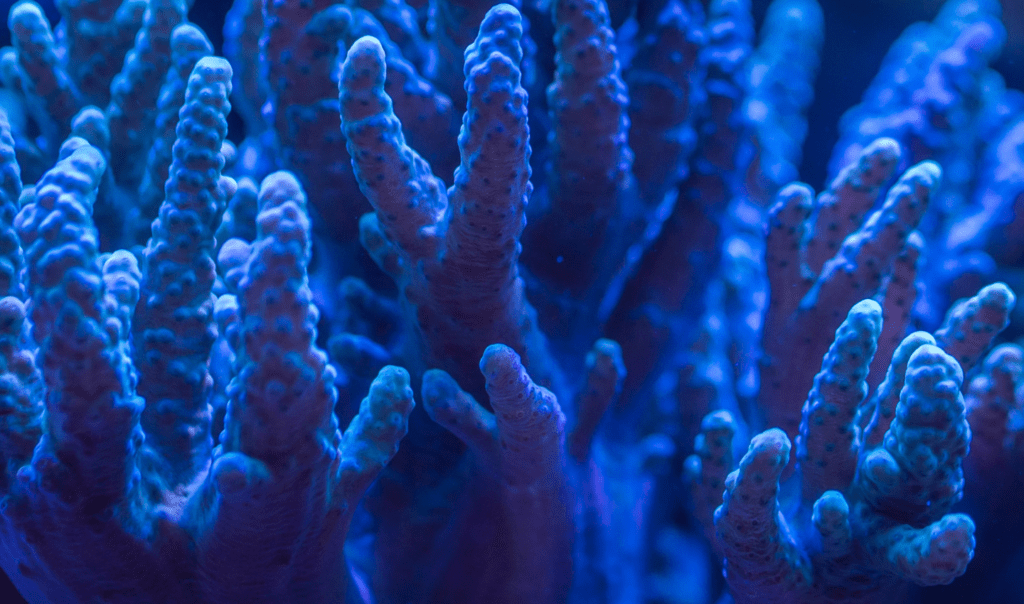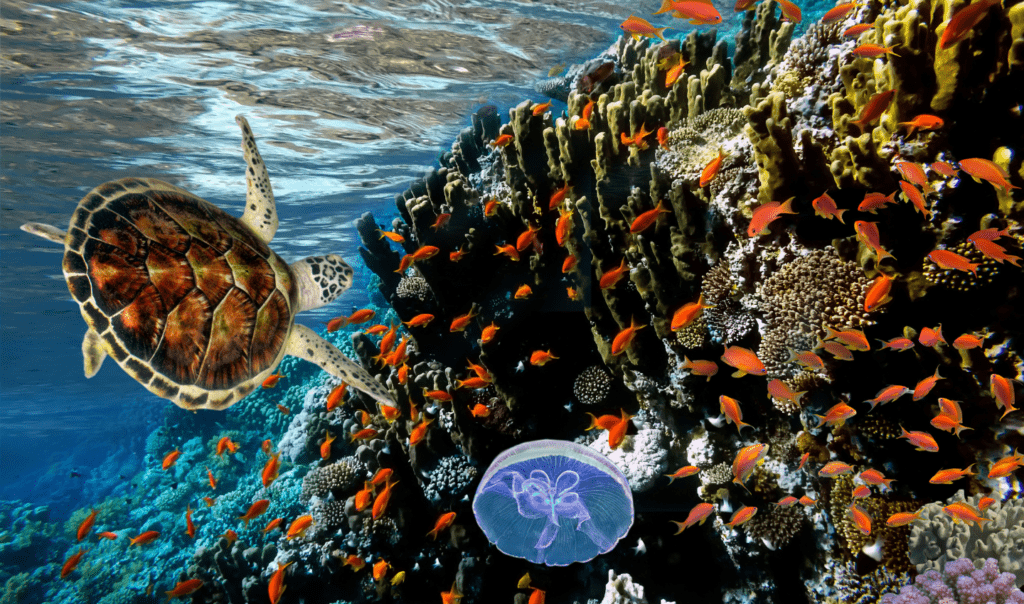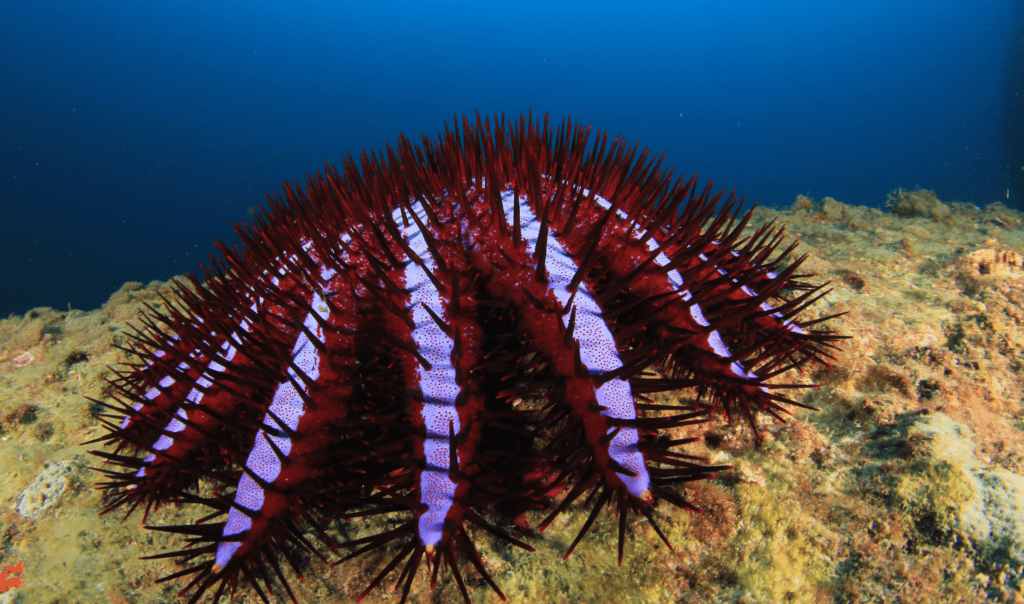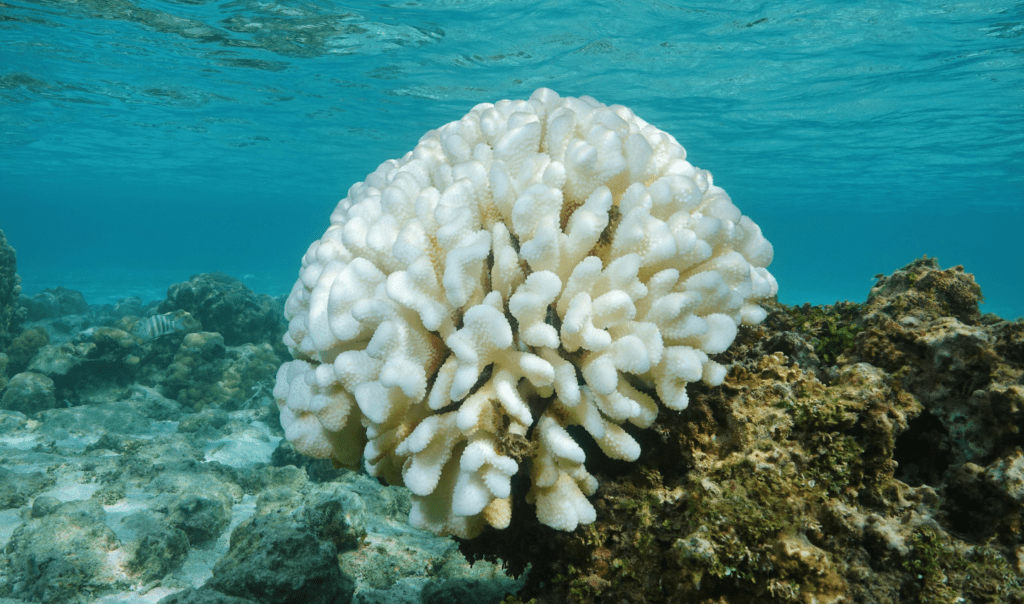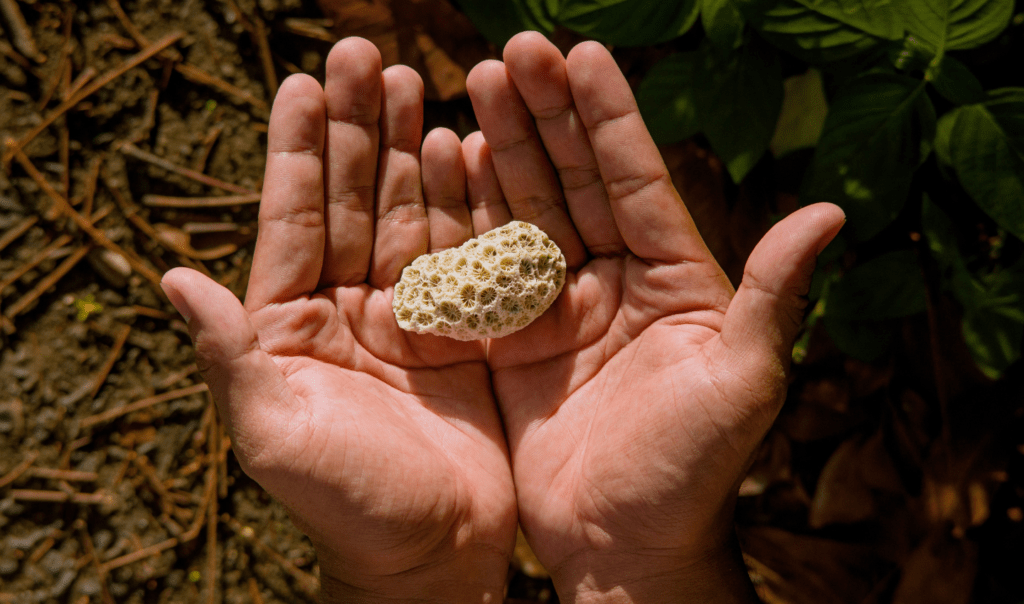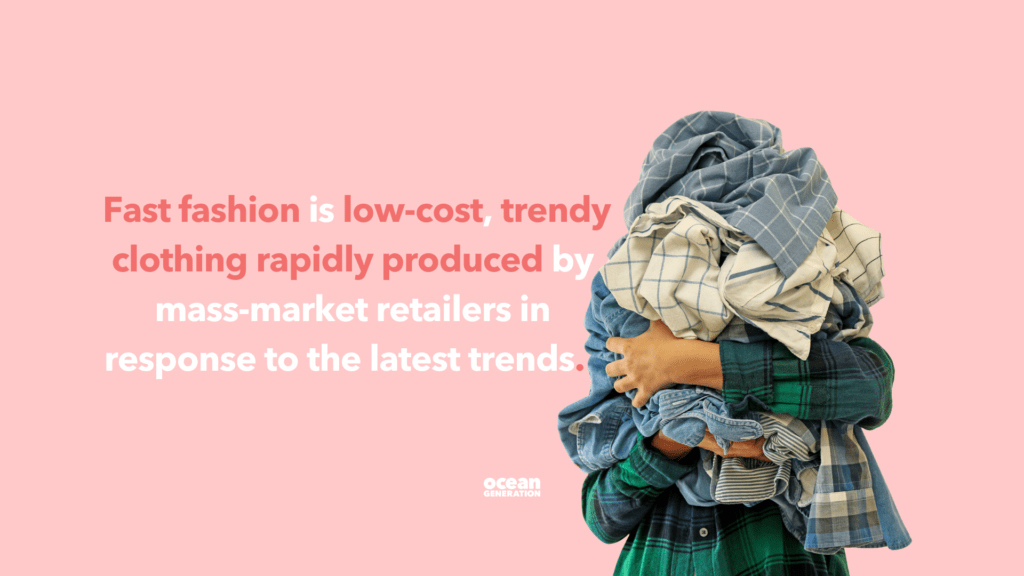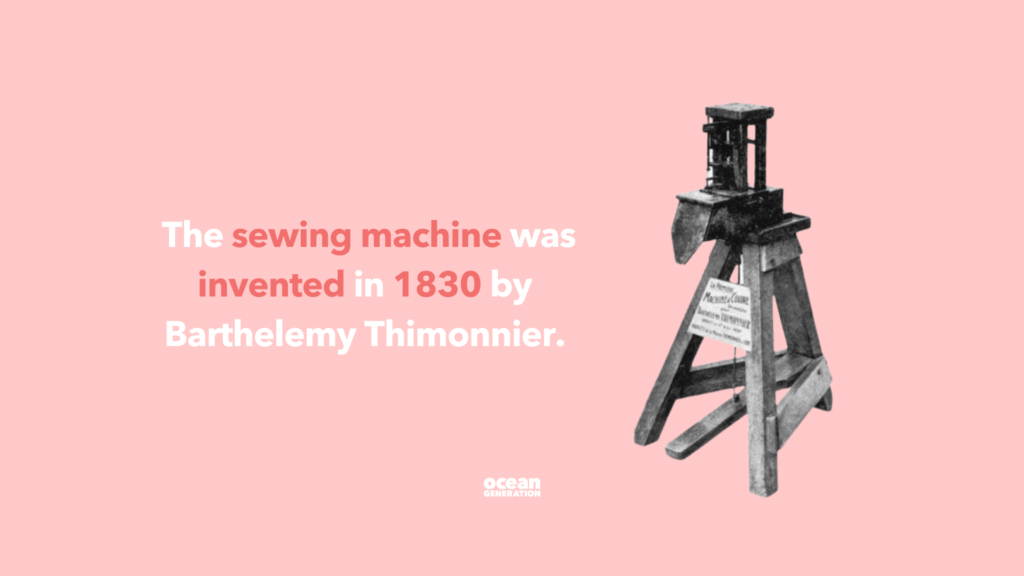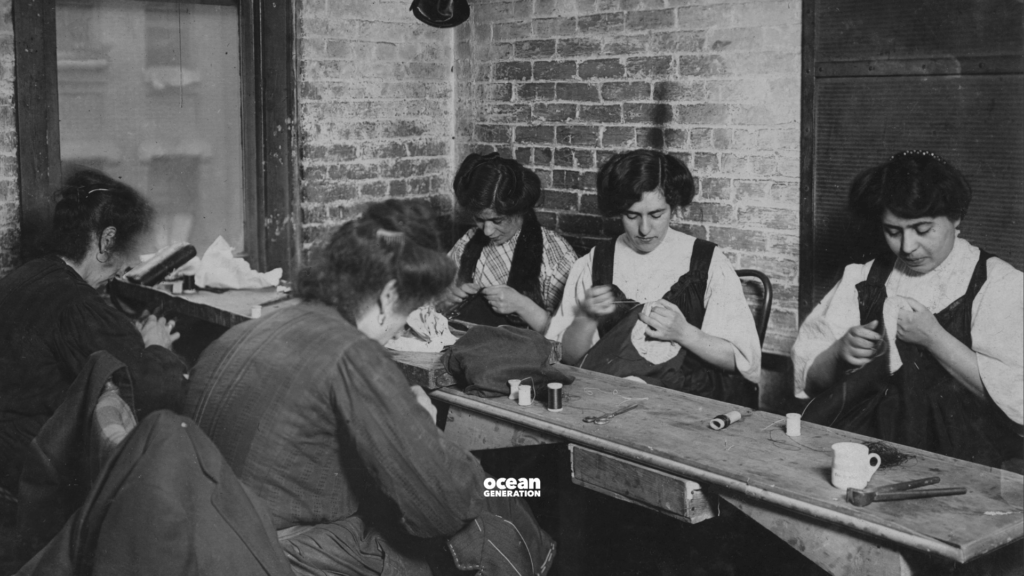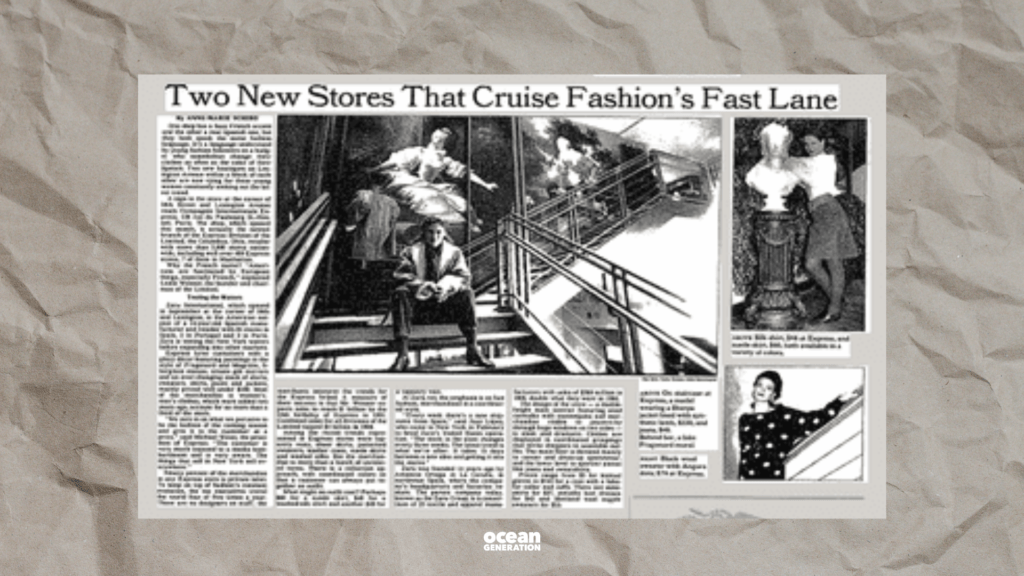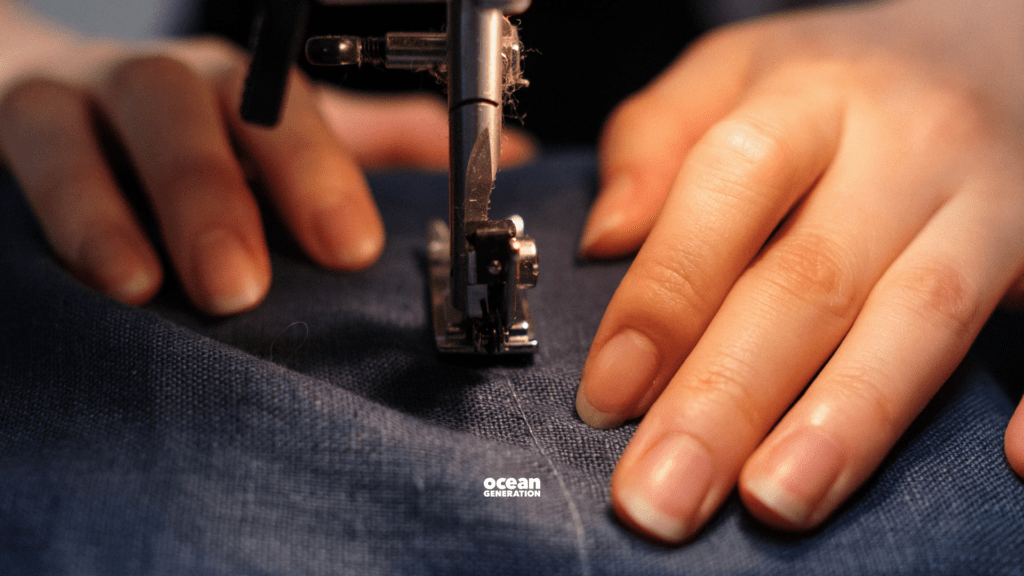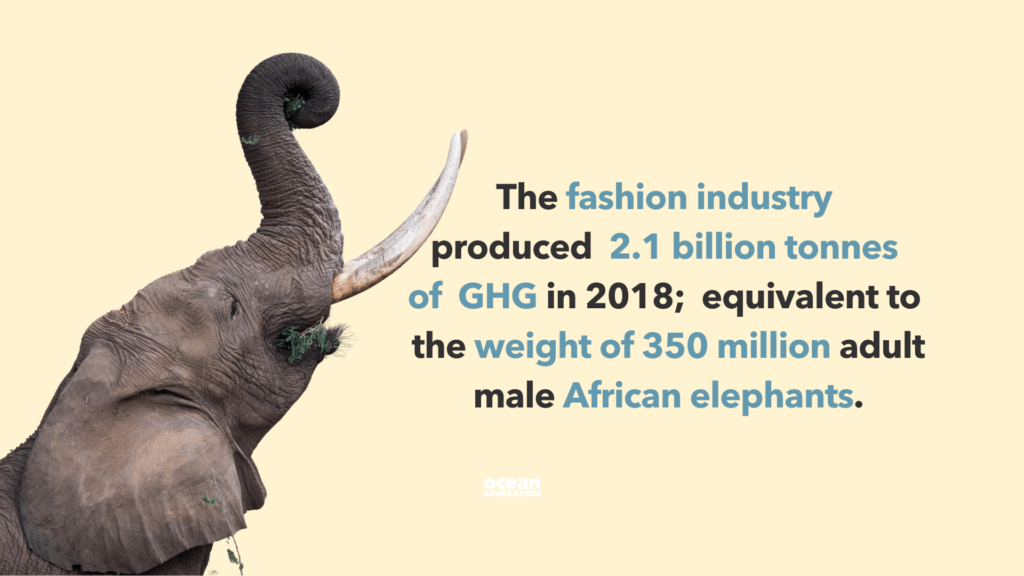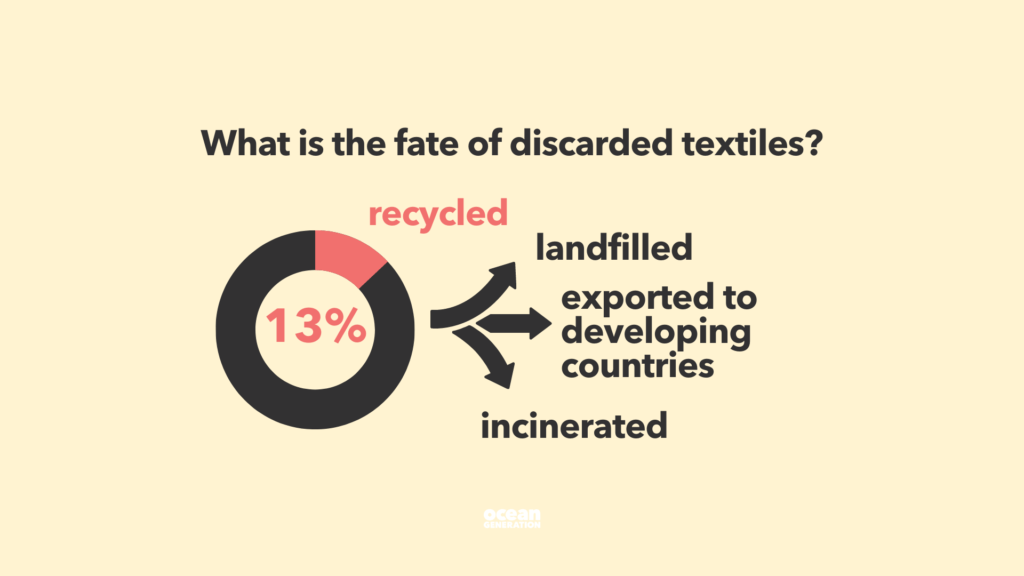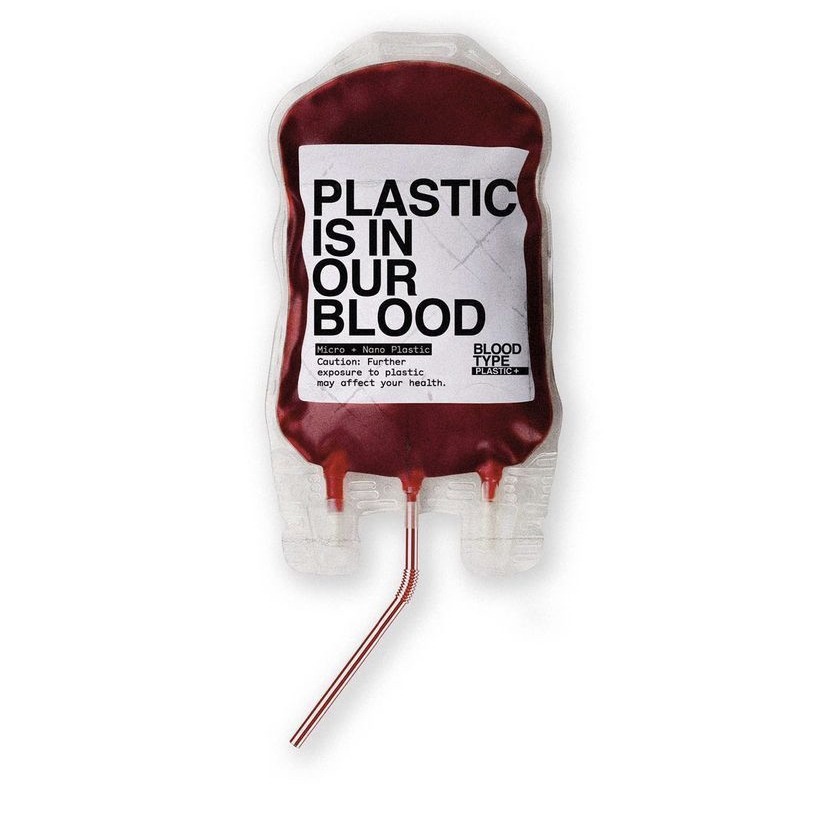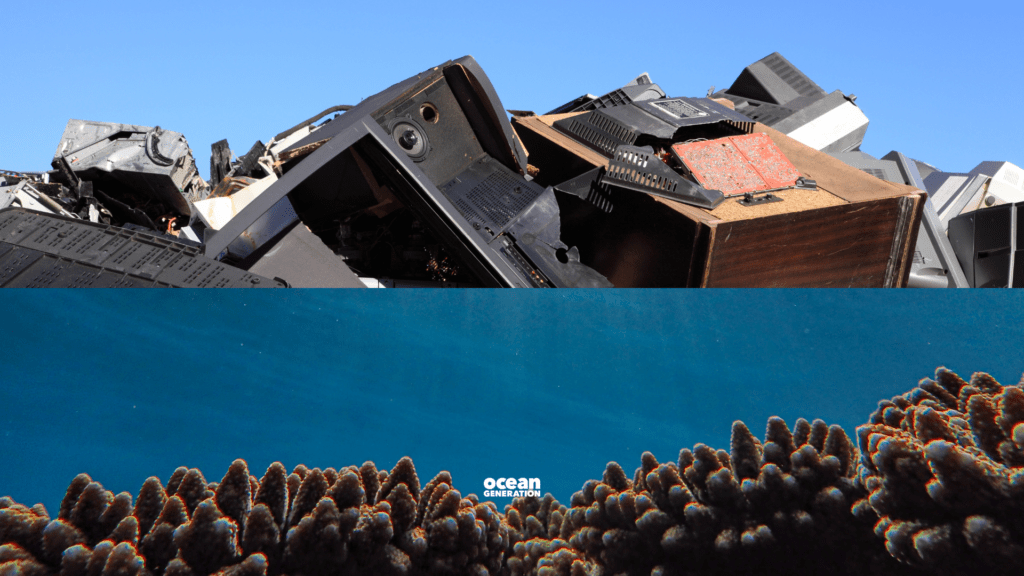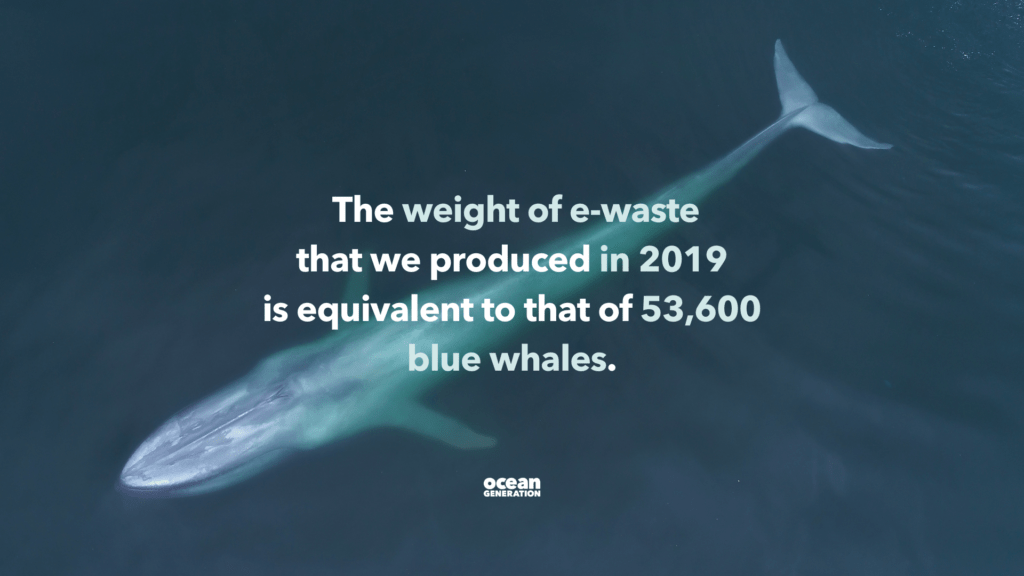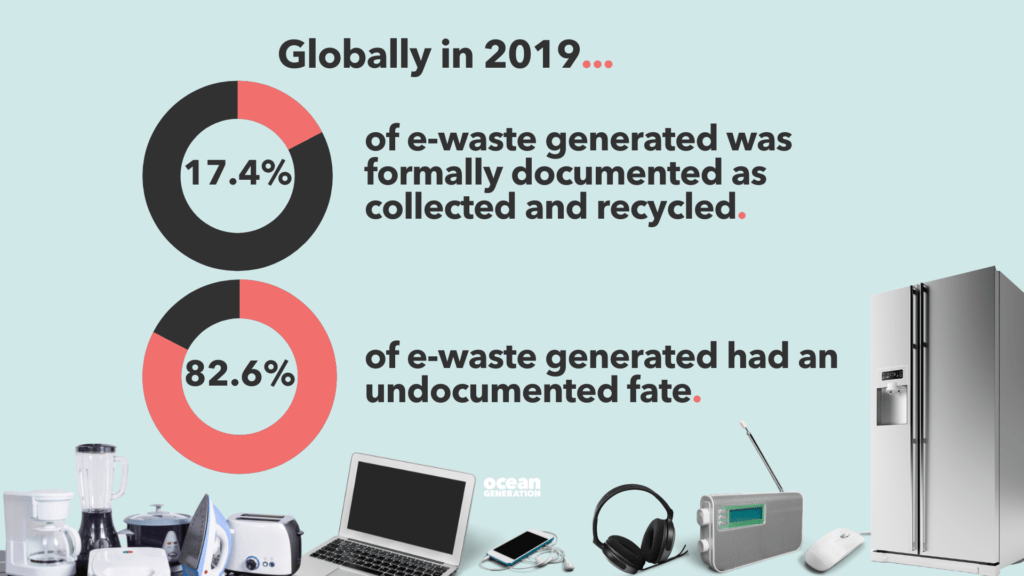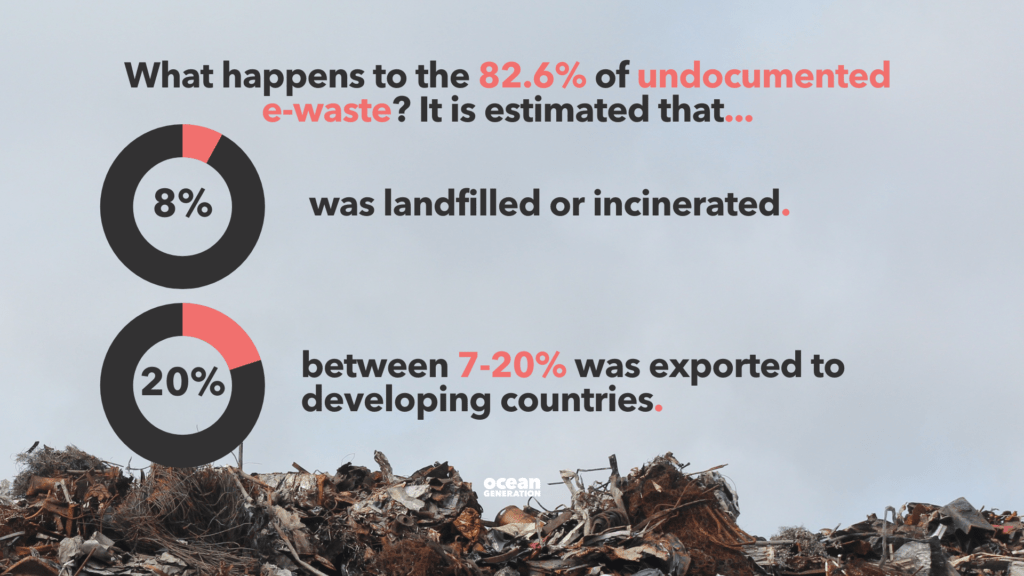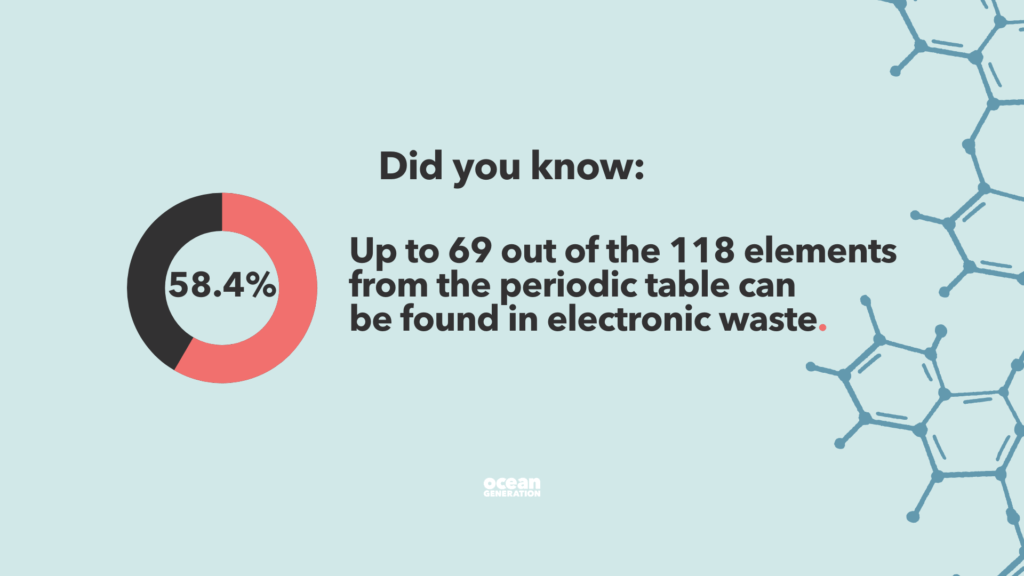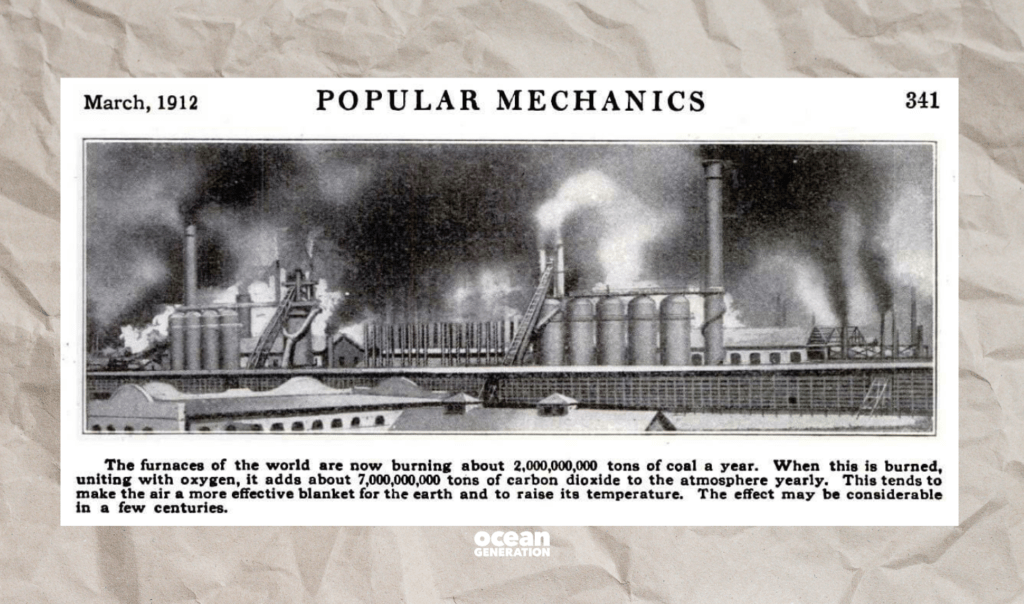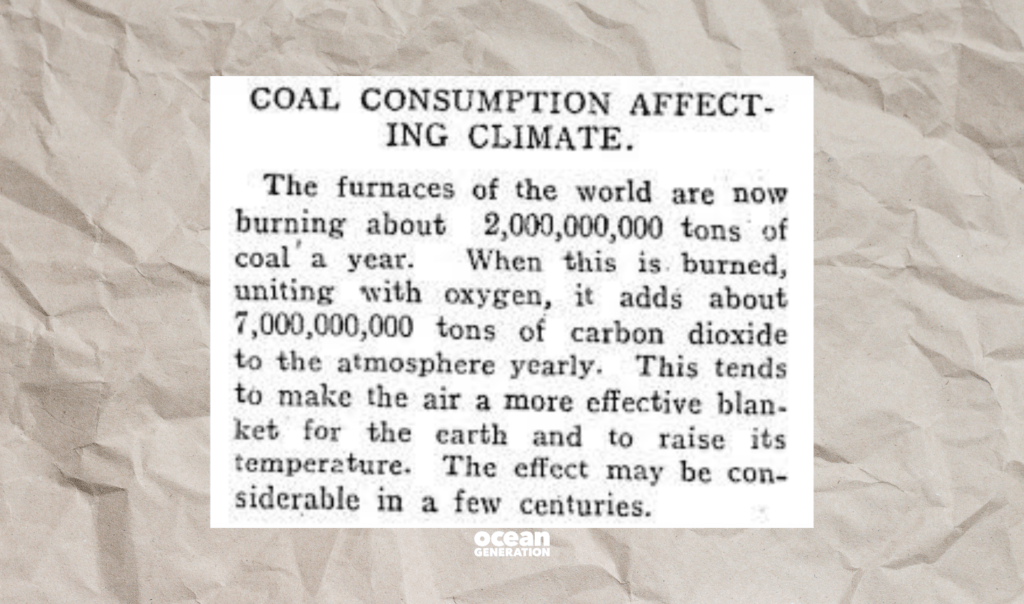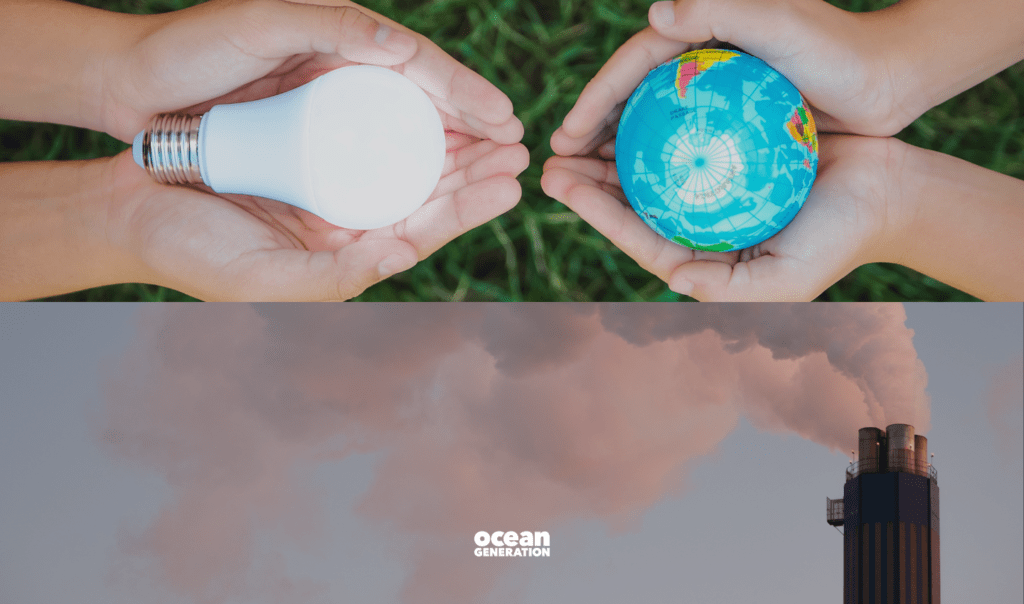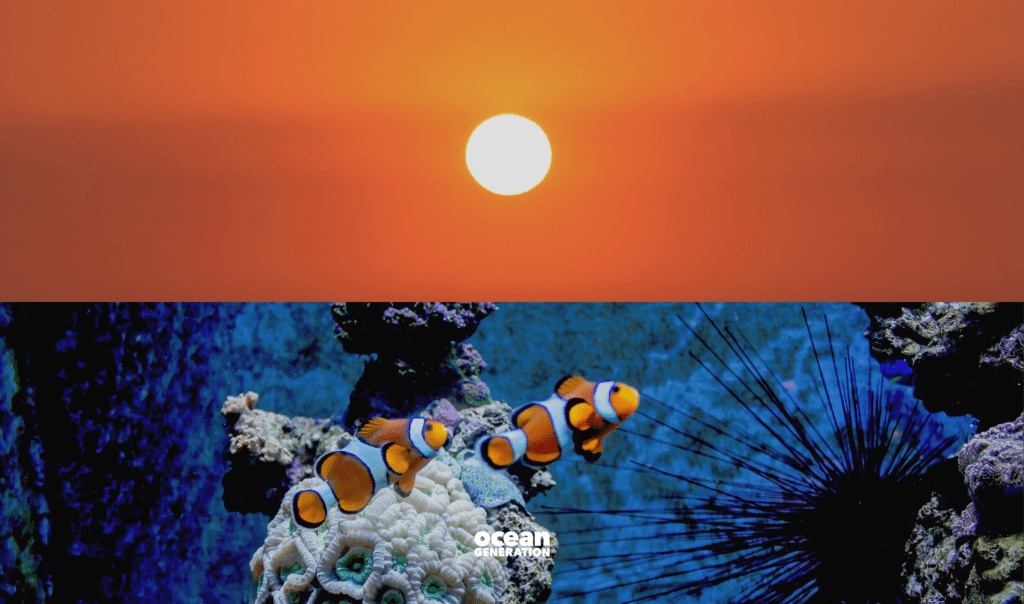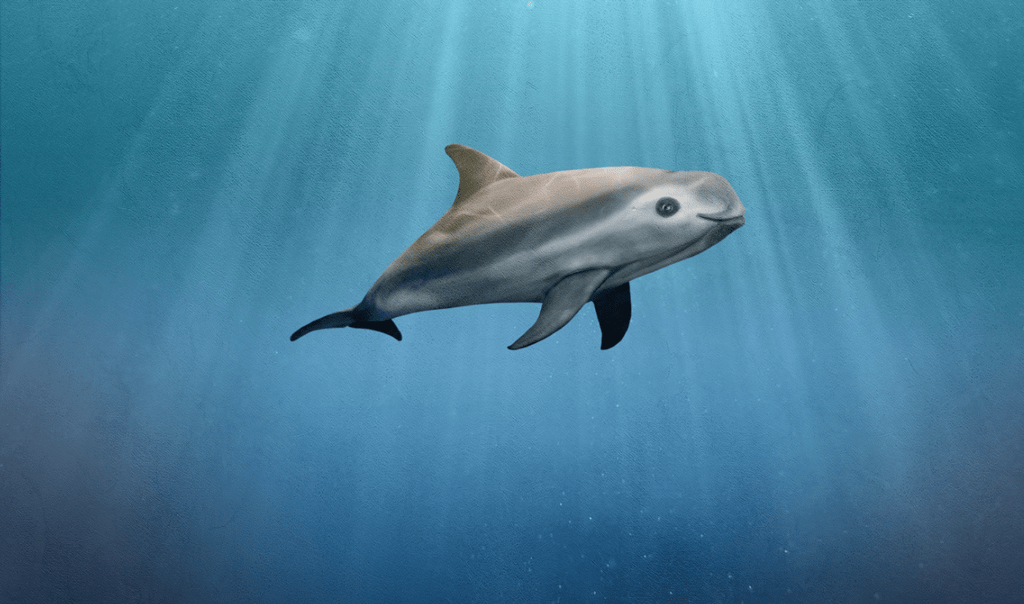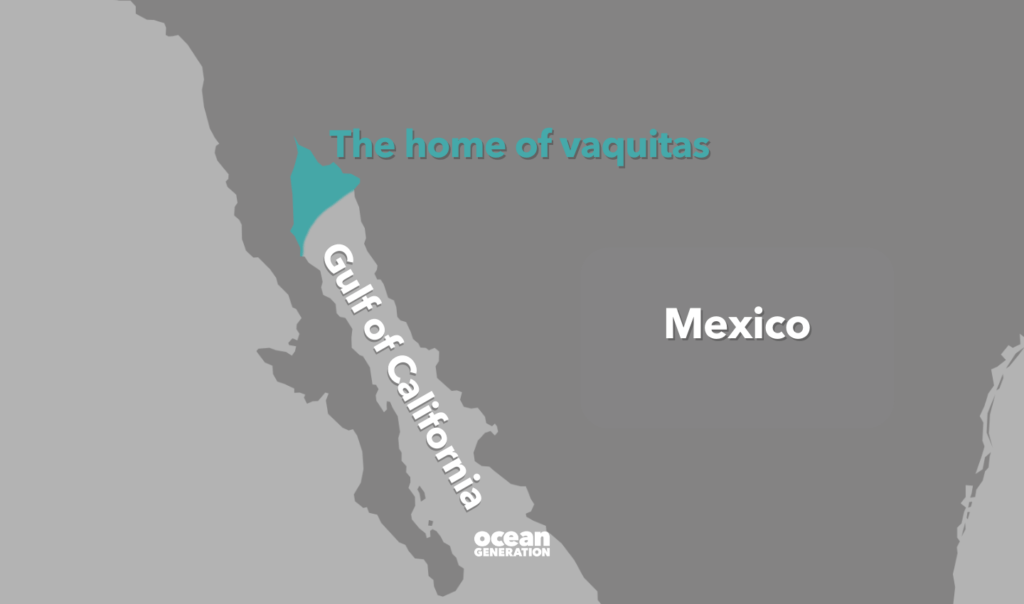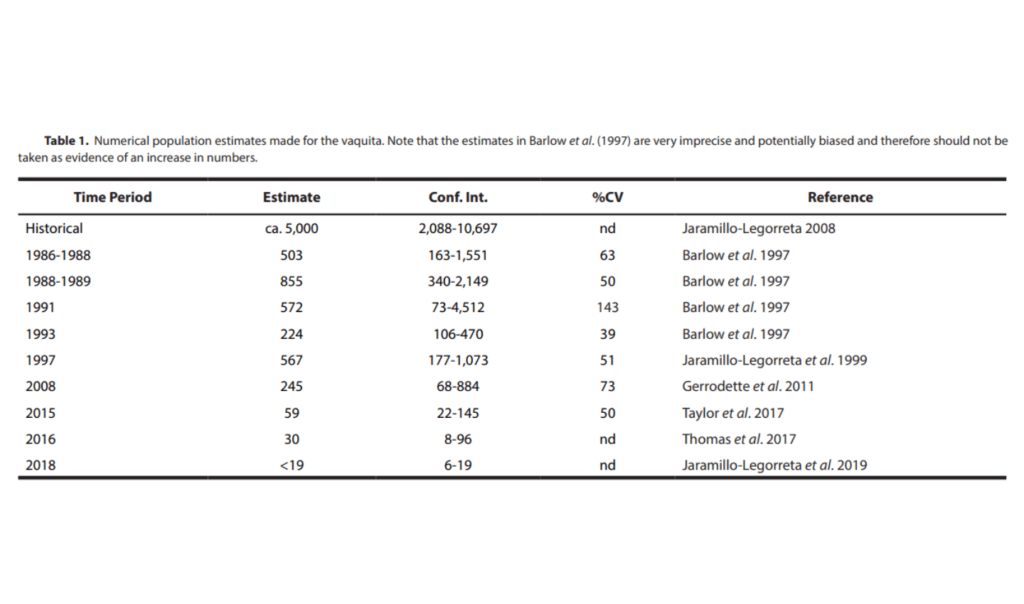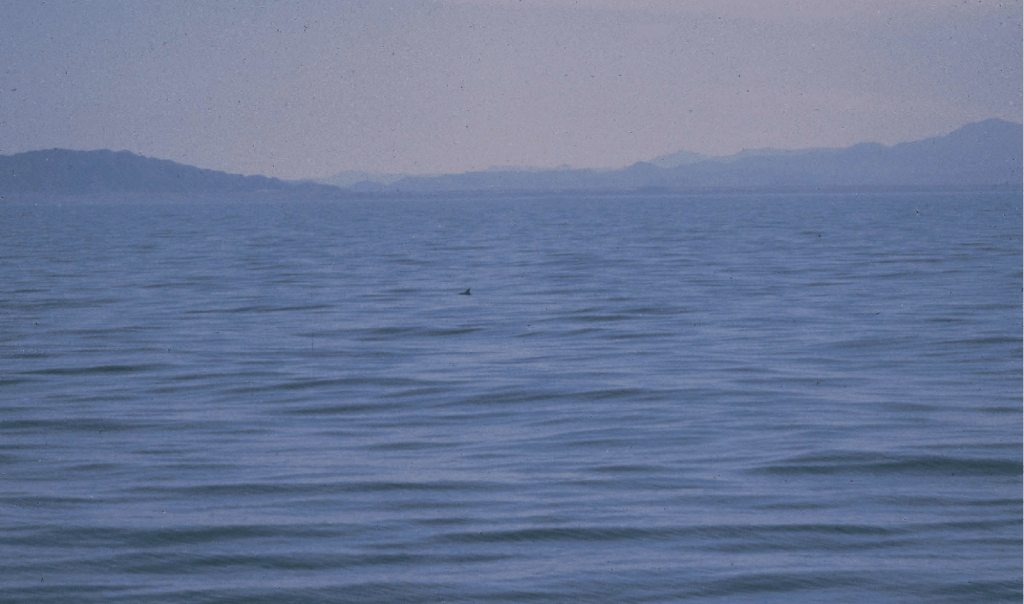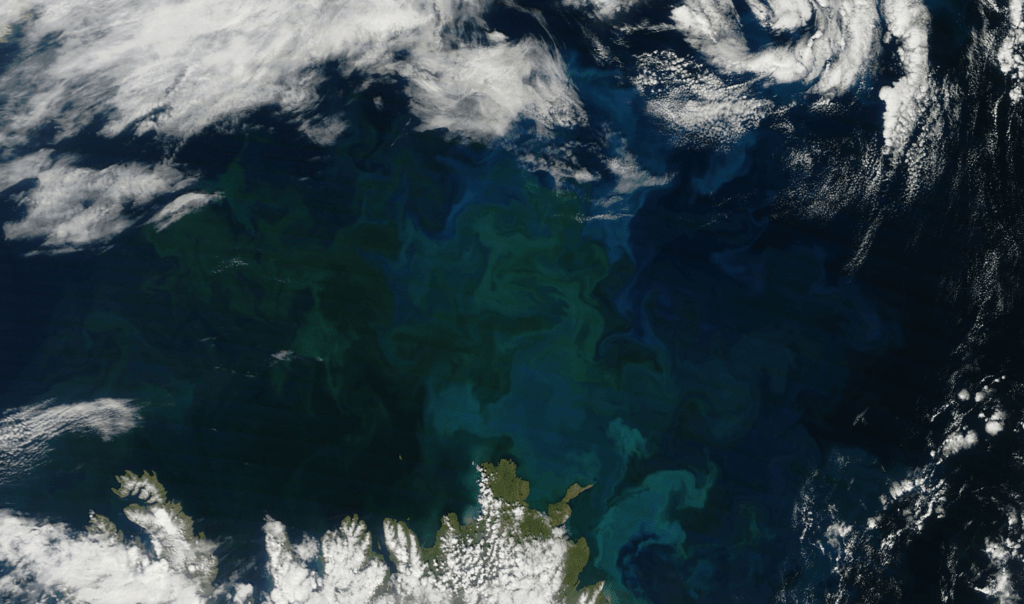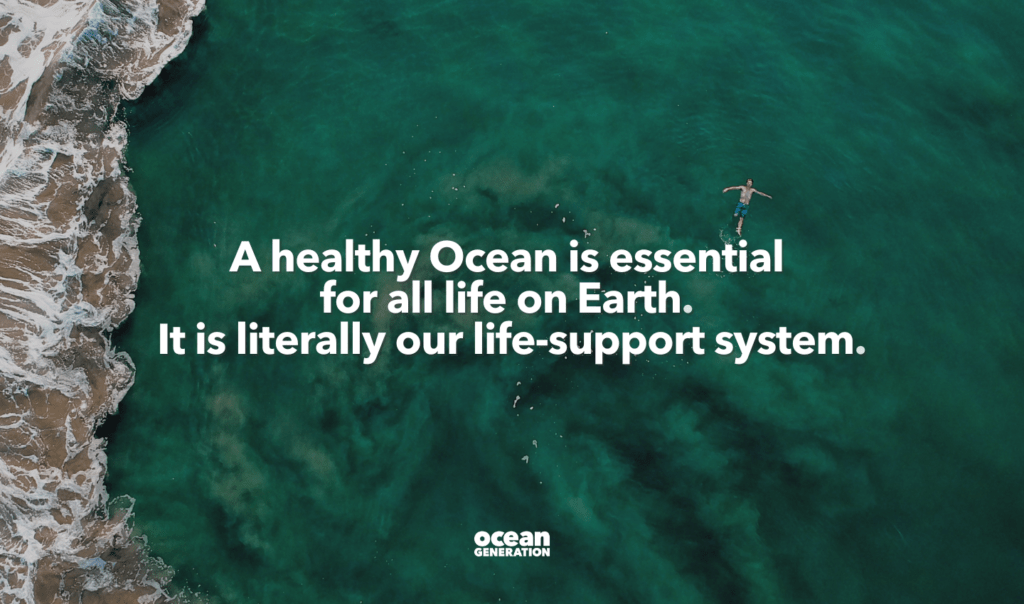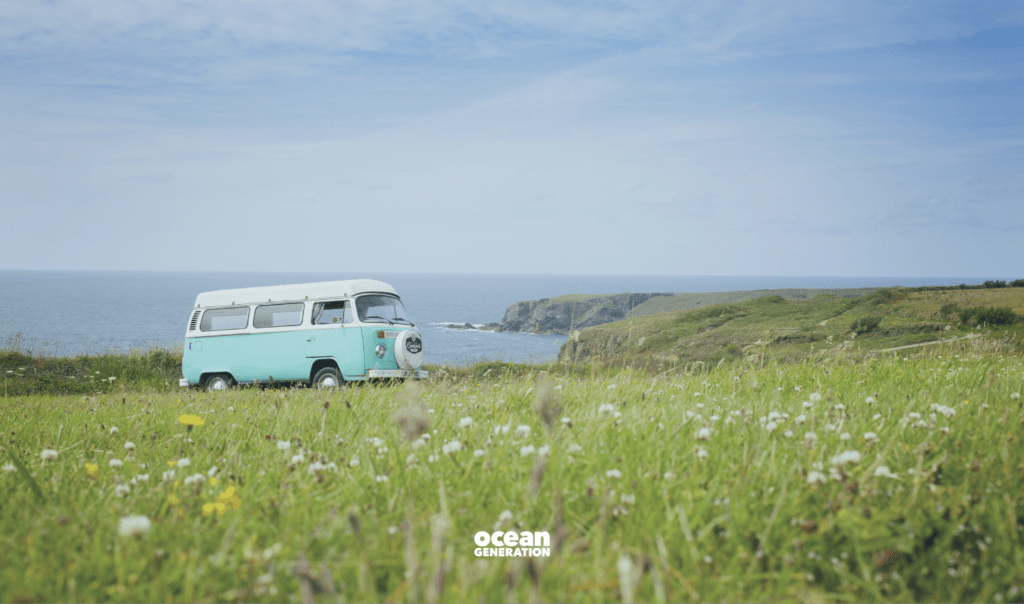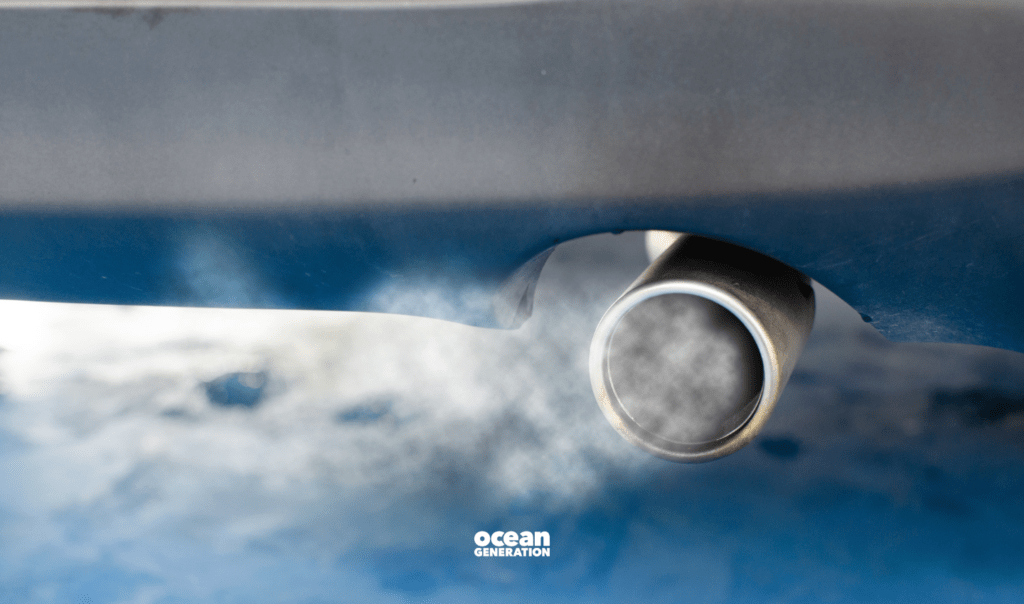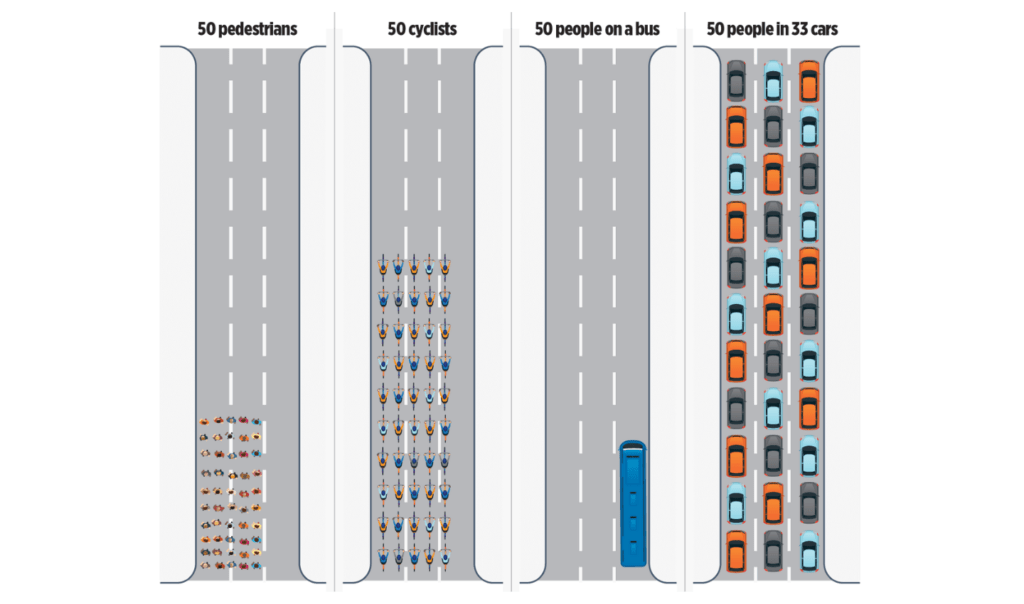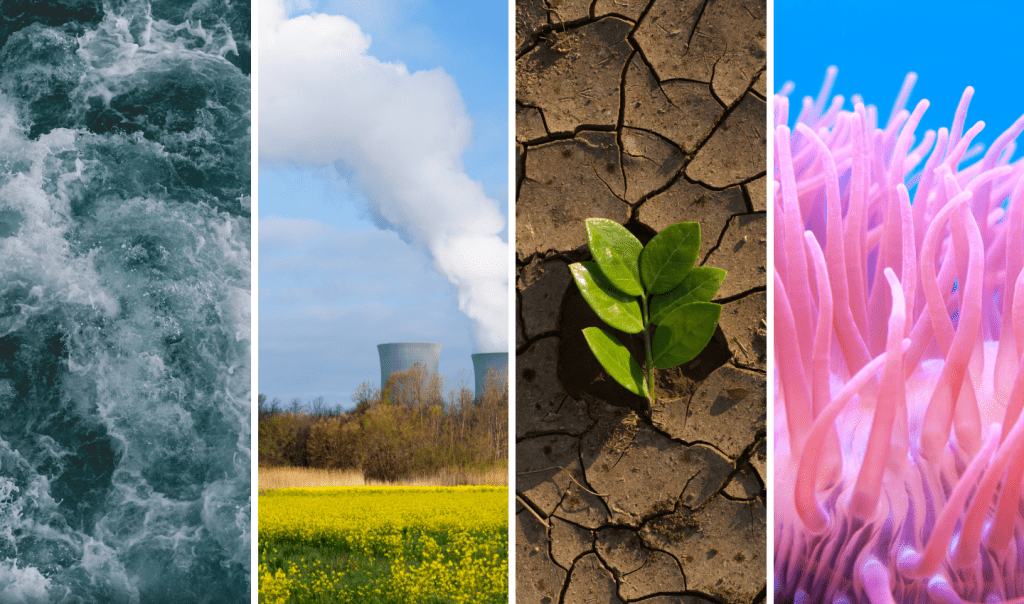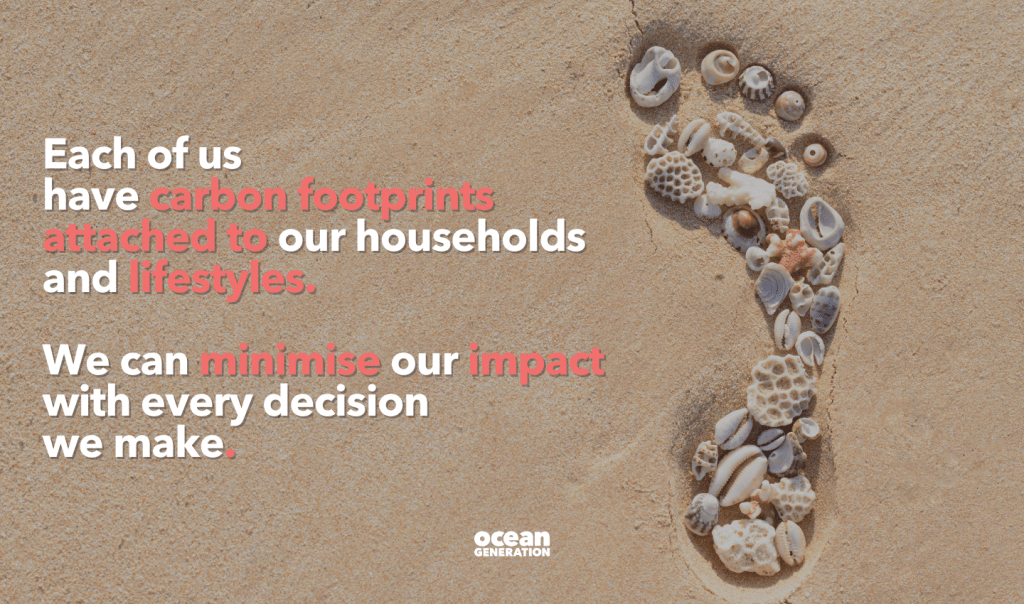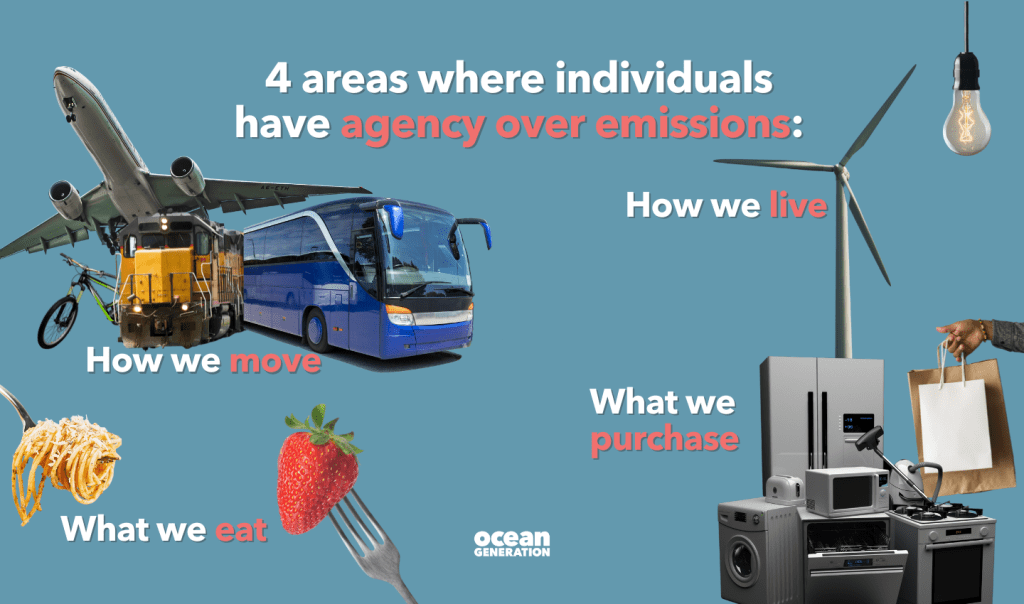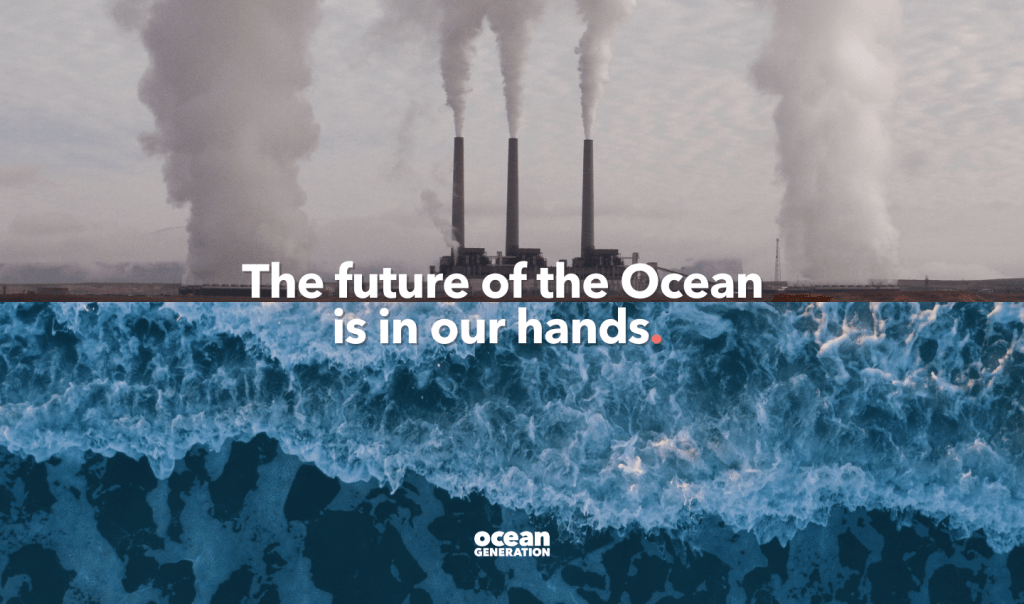- Our Impact: Threats
- Science: Explained
What can Antarctic ice cores tell us about the history of our climate?

Ice cores are the key to the ancient climate and can help us unlock the mysteries of the future.
Scientists can drill into ice sheets to obtain a cylinder of ice, called an ice core.
Ice cores are “time capsules” of the climate. Over time, annual and seasonal snow with different chemical compositions, particulates (like dust), and bubbles of air are compressed into ice.

Scientists are asking the core questions.
One of Antarctica’s ice cores, Dome Concordia, shows the climate record for the past 800,000 years through the Quaternary period (2.58 million years ago – present).
Annual temperatures are estimated using oxygen’s heavy (O18) and light (O16) varieties, called isotopes. When atmospheric temperatures increase, more energy is available to evaporate water containing more O18 from the Ocean. This water is precipitated in Antarctica and turns to ice. Scientists can relate the isotopic ratio in an ice layer to the temperature.
Trapped air is analysed for which/how much atmospheric greenhouse gases were present annually. Scientists can estimate carbon dioxide (CO2) and methane (CH4) to determine the degree of global warming.
Using this data and more, scientists can piece together past climates.

What’s the story, ice cores?
Ice cores tell us that the climate swings between stable bounds of warm interglacials happening every 100,000 years which last 15,000 – 20,000 years, and cold glacials (ice ages).
Ice cores show these key events:
1. 800,000 years ago in the Pleistocene, ice cores show an interglacial Earth. The glacial-interglacial pattern continued from here…
2. 430,000 years ago, the Mid-Brunhes Event marked the sudden increase in the temperature range of climate cycles.
3. The penultimate deglaciation event, seen in Antarctic ice cores extends from 132,000 -117,000 years ago.
4. From 24,000 – 17,000 years ago, the Earth was glacial, with temperatures 20°C below pre-industrial levels.
5. Deglaciation began 16,900 years ago, punctuated with tiny ice ages, called the “Bøllering-Allerød” and “Younger Dryas”, thanks to the “bi-polar seesaw” (the Northern Hemisphere cools whilst the Southern Hemisphere warms and vice versa).
6. 15,000 years ago, ice sheets began to shrink. This heating continued into the Holocene (the official period of geological time which we currently live in)
7. This interglacial’s temperature peaked between 14,500 and 14,000 years ago.

8. From 13,800 – 12,500 years ago, Antarctica experienced a Cold Reversal, where temperatures plummeted.
9. The Holocene interglacial began 11,000 years ago, with temperatures fluctuating between warm and cold again.
10. 1,000 years ago, the Medieval Warm Period allowed crops to flourish, cities to rise, and populations to more than double.
11. The Little Ice Age, from the 14th-19th centuries, caused Viking colonies in Greenland to fail.
12. 1750 – the Industrial Revolution began. Ignorant to environmental consequences, humans started emitting greenhouse gases.
13. Scientists mark 1800 as initiating the Anthropocene, an unofficial epoch where humans effect the climate more than natural forcings.
14. Humans have continued global warming at an unprecedented rate. Summer 2024 was the world’s warmest on record. August was the 13th in a 14-month period where global average temperatures exceeded 1.5°C above pre-industrial levels.
Is the past a mirror of the future?
Levels of greenhouse gases are higher than in the past 800,000 years, with average CO2 at 419.3ppm as of 2023.
Paleoclimatology records like ice cores and marine sediments help scientists to understand past climates and estimate future climates. They can compare different emission scenarios with the past to see how future climates may respond.
The Intergovernmental Panel on Climate Change (IPCC) have estimated several trajectories.
The aggressive mitigation scenario expects CO2 concentrations to remain at Pliocene-like concentrations (>350ppm) until 2350. It will still take 100s -1000s of years for concentrations to return to pre-industrial levels.
Under a middle-of-the-road scenario, CO2 peaks at 550ppm, remaining above Pliocene levels for 30,000 years.
If CO2 reaches 1000ppm, the worst-case scenario suggests concentrations will remain at Mid-Cretaceous levels for 5000 years, Eocene levels for 10,000 years, and Pliocene levels for 300,000 years. It will take 40,000 human generations for CO2 to return to pre-industrial levels.

Scientists and governments can then prepare for the extreme consequences of climate change and make net-zero emission targets.
Although the Earth has recovered in the past, the future is uncertain. What will happen to our Ocean and our species? We all have opportunities to ensure a “best-case scenario”.
Antarctic ice cores unlock the past, our actions will unlock the future.


